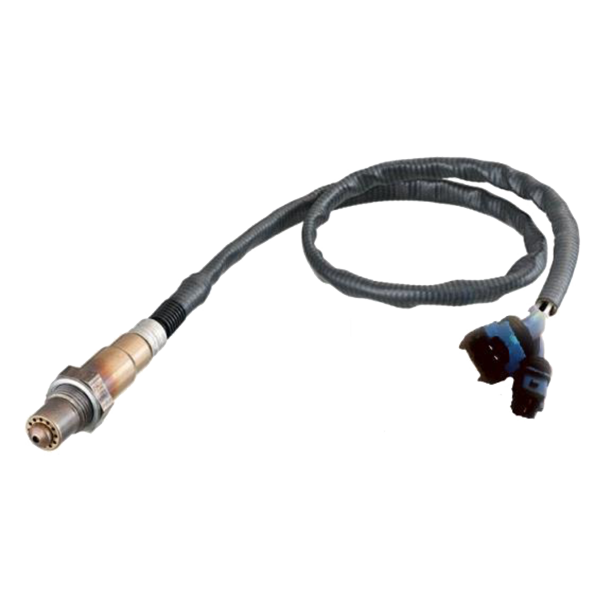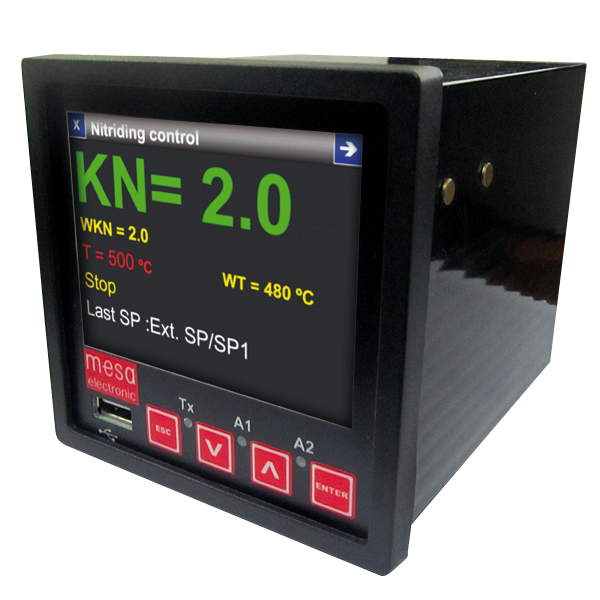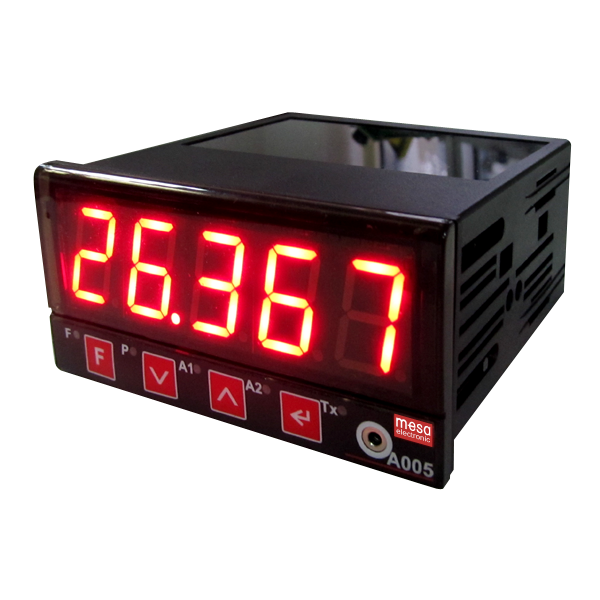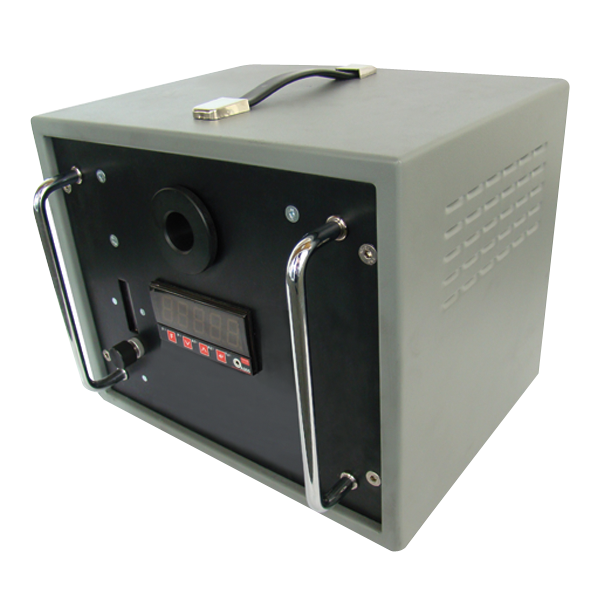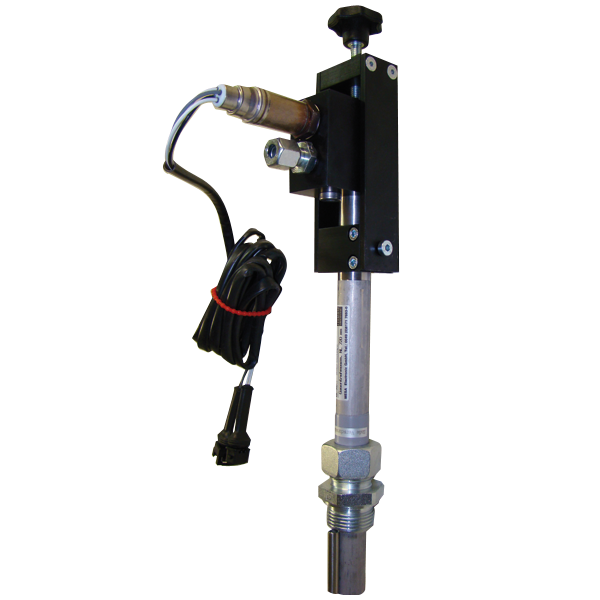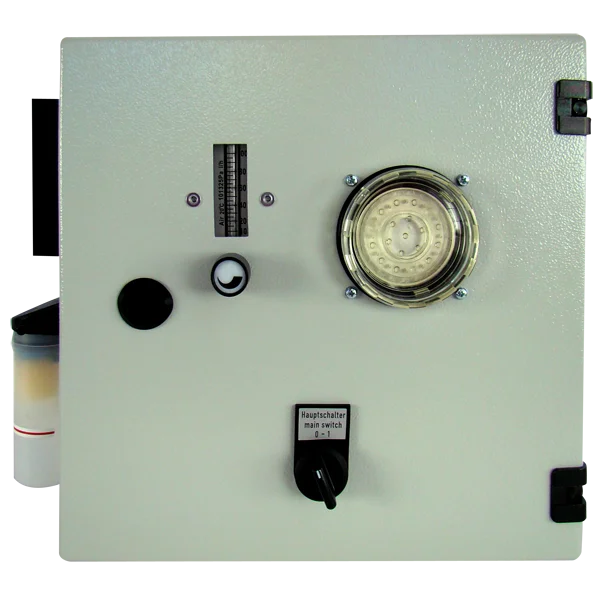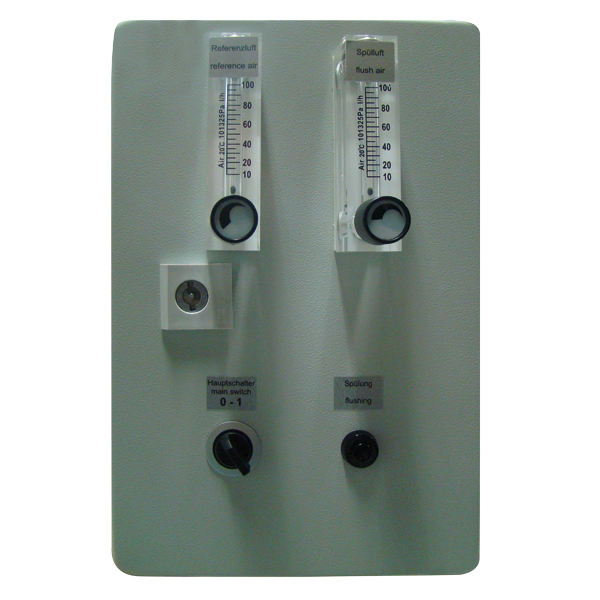L PROBE
- Heating systems
- Industrial processes
- process technology
- Gas analysis
- Heat treatment
The ceramic part of the lambda probe (solid electrolyte) has the shape of a tube closed on one side. The surface of the probe ceramic is provided on the inside and outside with a microporous platinum layer (the electrodes), which on the one hand has a decisive influence on the probe characteristics through a catalytic effect and on the other hand serves for contacting. On the part of the probe ceramic on the measuring gas side, there is a firmly adhering, highly porous ceramic layer above the platinum layer. This protective layer prevents the residues in the measuring gas from having an erosive effect on the catalytically active platinum layer. This gives the probe a high long-term stability.
The active probe ceramic (ZrO2) is heated from the inside by a ceramic heating element, so that the temperature of the probe ceramic is kept constant regardless of the measuring gas temperature. The ceramic heating element has a PTC characteristic, which leads to rapid heating and limits the power requirement. The connections of the heating element are completely decoupled from the probe signal voltage (R> = 30M-Ohm).
Applications :
Heating systemsIndustrial processes
process technology
Gas analysis
Heat treatment
Sensing element:
Zirconia tubeInstallation thread:
M 18Measuring range:
21 … 1 … 10-26% O2Response time:
approx. 1 secondMeasuring gas temperature:
<200 ° CMeasuring gas quantity:
approx. 20 – 50 l / hConnection (via 2.3 m cable)
Heating voltage: plugProbe signal: socket
Exit:
0 … 1300 mVClimate:
Storage: -40 … + 100 ° COperation: 0 … + 100 ° C
5 … 95% rel. Moisture, free of condensation
Optional accessories:
Replacement for GA 3.03.1MK1
MK2.1
MK2.0


OUR PRODUCT IN THE INDUSTRY
This unit is for use in the heat treatment industry, boiler industry, combustion industry, semiconductor industry, aluminium industry and control of endogas generators.


